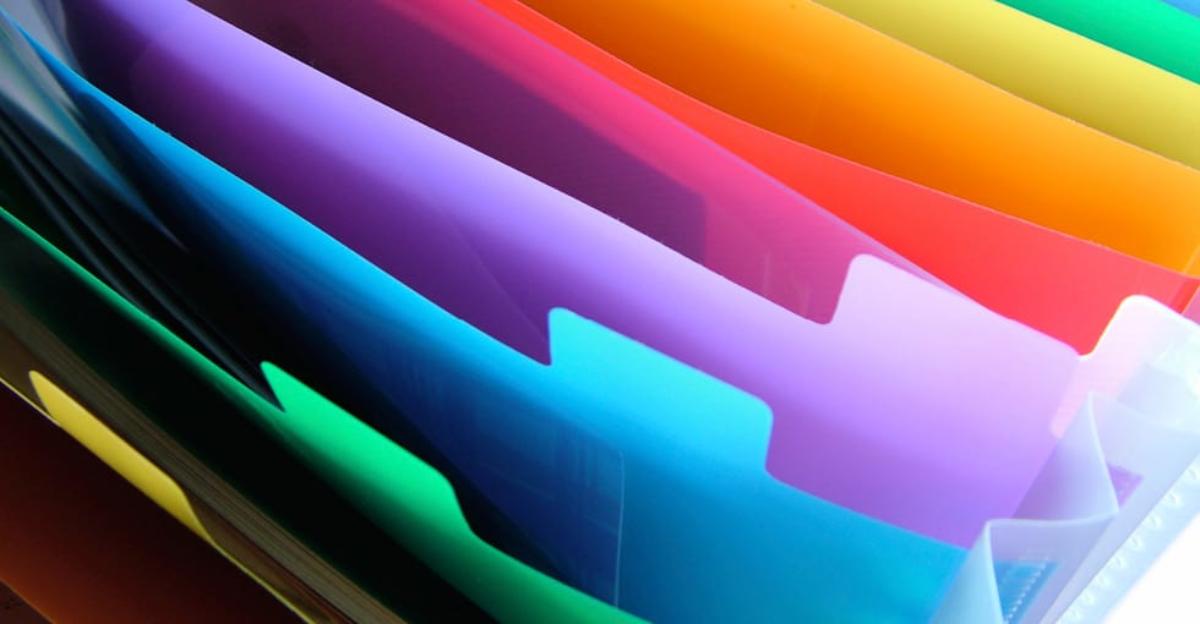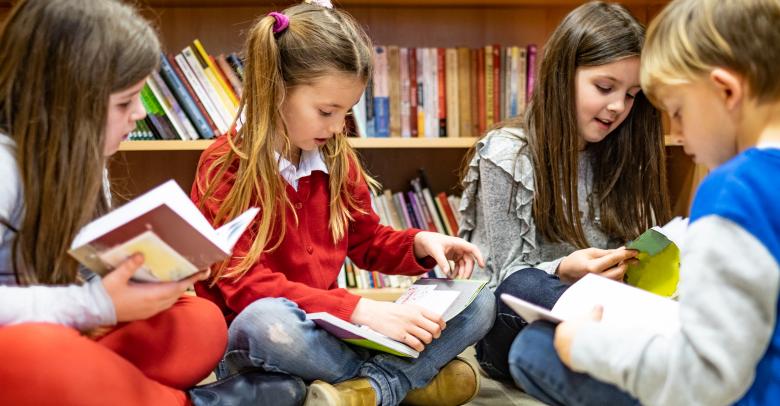Color abounds in classrooms anyway, so why not use it to your advantage? Especially if you’re a color lover – but even if you’re not – there are so many ways to leverage the rainbow to make your life easier and cue the kids as to what happens where. Read on for five great ideas on how to put hue to work for you.
1. Organizing Your Room Into Zones By Color
Breaking the classroom down by color is a great way to transition very young kids. When reading time is over, for instance, you might move from the Red Area to the Yellow Area, where they wash hands for lunch. Now all you have to do is choose the right accessories to match.
If your reading corner is red, for instance, you might want a Best-Rite Magnetic Red Flannel/Dry-Erase Easel as it’s the same shade. Or perhaps you need a Copernicus Early Learning Easel Station for your math corner, which you might code blue to match.
2. Use Color In Your Filing Systems
It’s hard to have an organized classroom if your personal space isn’t organized. Remedy that with color-coded filing systems. This goes for subjects, of course, but is also useful for breaking students up into reading and math groups, sectioning homework by graded or to-grade, or organizing parent handouts. Consider the Pendaflex Glow Twisted File Folders.
3. Color Code By Subject
This is one of the simplest ways to turn your classroom into a no-brainer learning kingdom. Students like visual cues, and using color to cue what subject you’re on works very well. Let’s say you use red for reading and blue for math (as in the example above). You can then also use these colors for everything related to those subjects: bins of supplies, folders, pencils, hand-in baskets and take home files.
4. Help Kids Color Code Folders and Desk Organizers
Different shades can also have different meanings when used on kids’ desks. If you have a small hanging file in the middle of a desk grouping, for instance, then a rainbow of Pendaflex Glow Hanging File Folders would work well. Or you can use individual folders that students keep inside their desks.
5. Use Color in Charts
This one’s an easy idea because most charts already come color-coordinated. Consider the Carson-Dellosa Publishing Original Pocket Chart, for instance, or the Learning Resources Double Sided Graphing Pocket Chart. These make it really easy to use color to learn.
Getting the classroom shipshape for the coming year might be as easy as making color your new best friend. Give it a try and see what happens today.






Leave a Reply